The walk:
Our nature walk was to be an hour, a few kilometers outside the fences of Idube Nature Retreat. Inside the fences, we were protected from this big beasts who are unable to crawl under them. The retreat is part of the Sabie Sands Natural Reserve, contiguous with Kruger National Park, South Africa. The seven of us gathered/shuffled close to our two guides, perhaps thinking they would be sufficient protection from the wild animals of the South African bush.
Each guide carried a large rifle with large bullets, meant to kill if necessary (although neither had ever had the occasion to do so). The lead guide carefully instructed us on how to behave, complete with hand signals indicating what type of animal to which he might be alerting us (e.g., hand wiggling near ear = elephant, claw shaped hand = big cat): walk single file, do not talk, do not run, follow explicitly the guides’ instructions. We would not be protected by the big open-air jeeps of the early morning and late afternoon safaris but in the open, walking among the elephants.
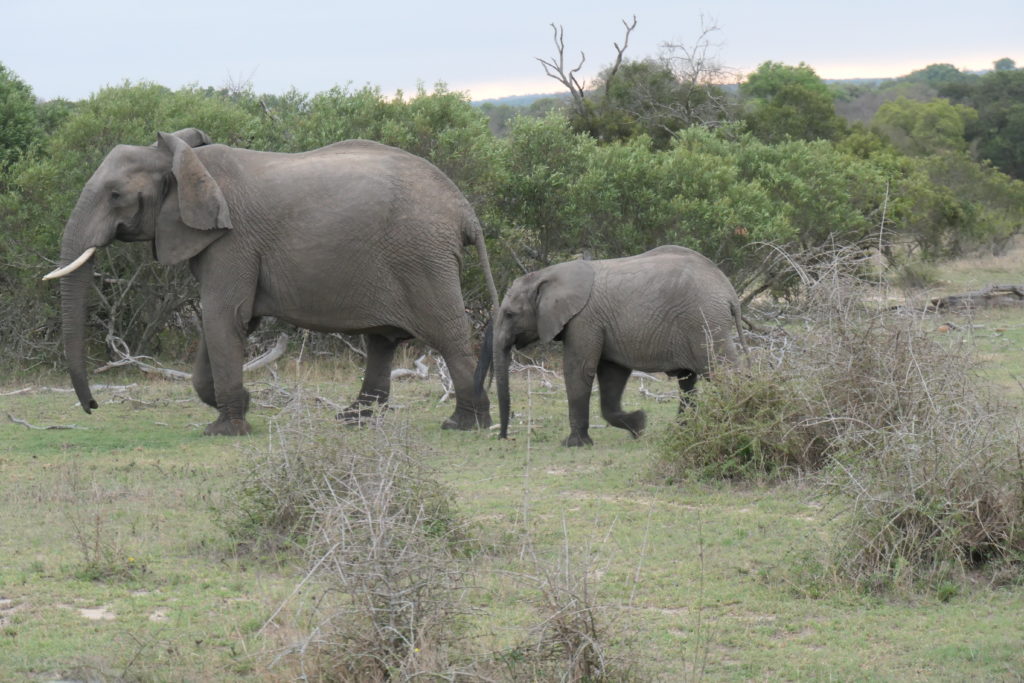
We would be in the elephants’ habitat, their home, their dominion; we were guests, uninvited, expected to be circumspect, quiet, and still. Their behavior would dictate our behavior; their movements would circumscribe our movements; their skittishness, if any, would trigger our already heightened senses.
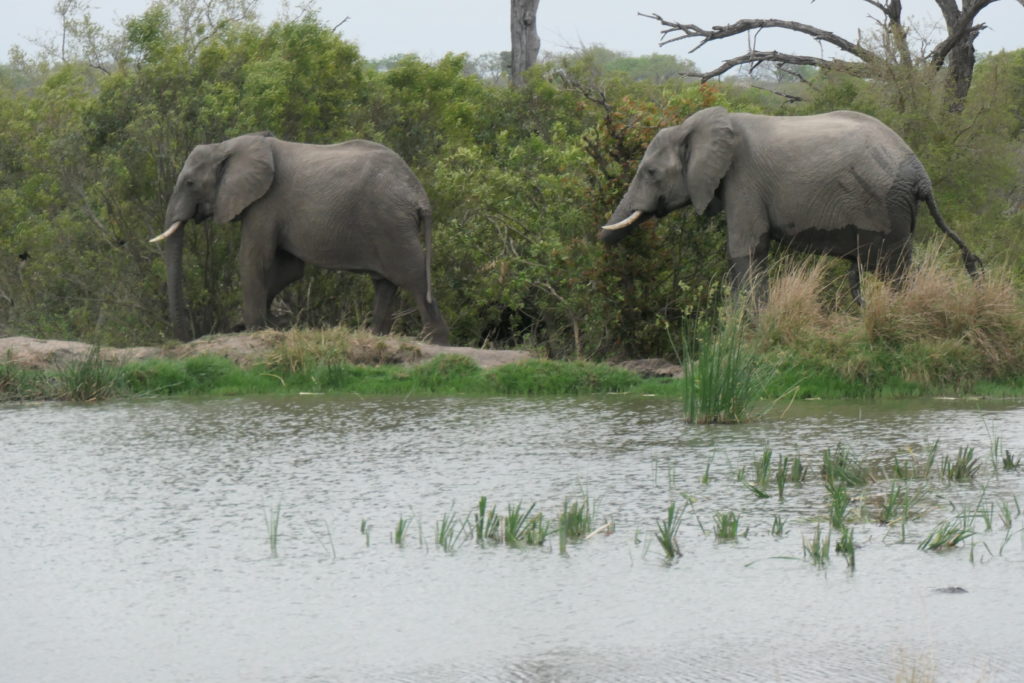
The Memory of an Elephant
As I prepared to spend several weeks in South Africa, I read a number of books, including “The Memory of an Elephant,: by Alex Lasker. This is the story of an ancient bull elephant trying to make his way to the place of his birth before he dies. He is seeking the humans who helped raise him and other elephants who became his family during his long life. Elephants have a type of sentience, that they communicate with one another, that the scent of each elephant is individual, allowing identification by others over many years.
The book’s setting encompasses the cruelty of the ivory trade, the slaughter of entire herds of elephants by the “two-leggers,” the hunting of them by “false birds” (helicopters, later drones), but also of the care and humanity by many blacks and whites in providing shelter for orphaned elephants and other wild animals, in eastern Africa during the 1960s to 2015. It is anthropomorphic, but I found the narrative a fascinating way to convey the journeys and lives of this unique beasts.
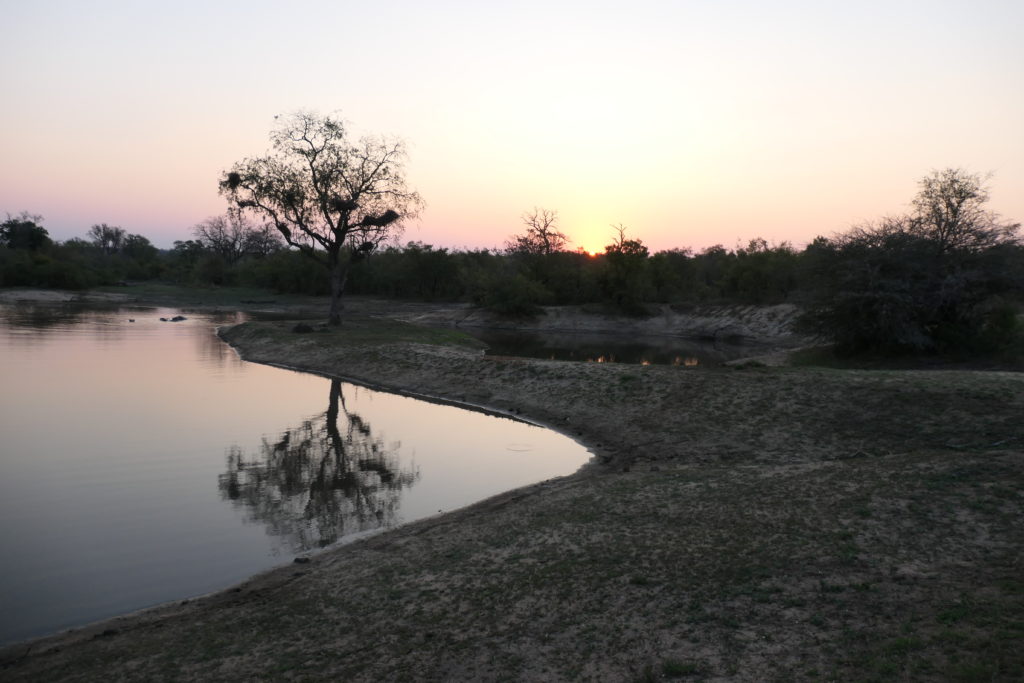
Walking among the Elephants:
This information was my background for walking among elephants, but the reality of being mere yards from them was unnerving. Their sheer beauty, the rippling muscles under their rough skin, their massive size, and the inherent speed and strength of the herd completely changed my perception of these gorgeous beasts. The mothers stewarded young elephants from the openness of the bush to watering holes, spraying the little ones with water and encouraging them to drink. Several two-year-old males that we encountered—maintaining our distance while staying out of their sight line—were unruly, displaying both mischievous and menacing behavior. They often stopped completely, sometimes hiding behind a tree, other times going their own way, no longer part of the herd but definitely aware of it.
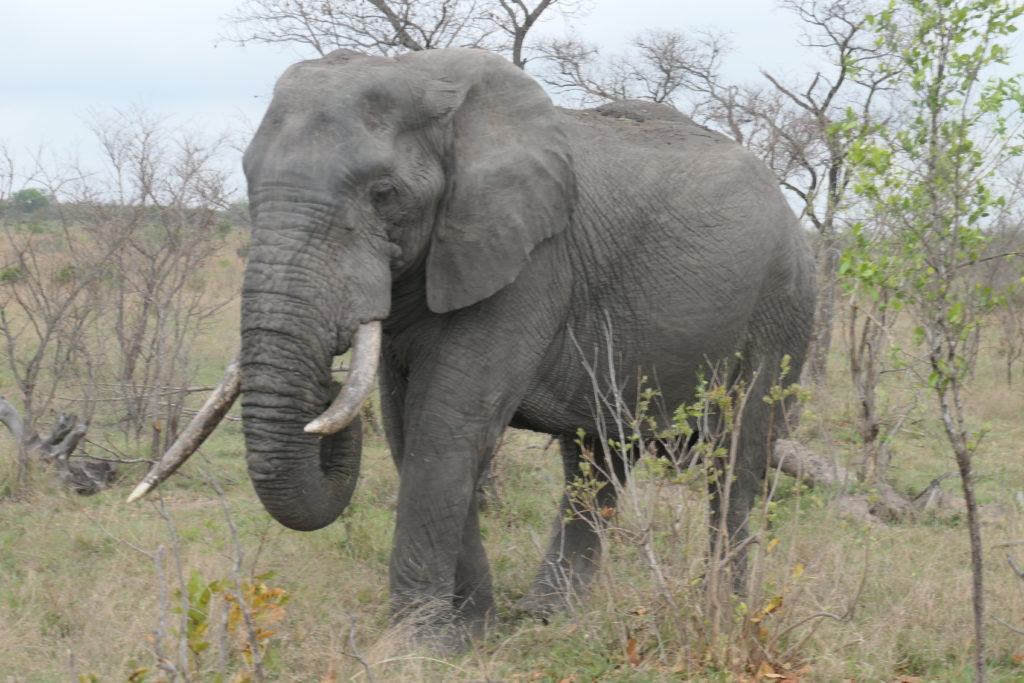
Surrounded:
The awe and wonder of being in that place at that moment was not lost on me or my companions. The guides led us quietly around the herd, letting us stop and be still, to embrace where we were, to absorb the sights and smells of these wild beasts. Elephants can be destructive: they tear up entire trees for food, they rub their backs against tree trunks to scratch itches (and in so doing, often killing the trees as the camber is destroyed), they dig huge mud holes to cool from the harsh sun of the African bush. Yet, they can also be gentle and playful with their young, truly a lifelong family.
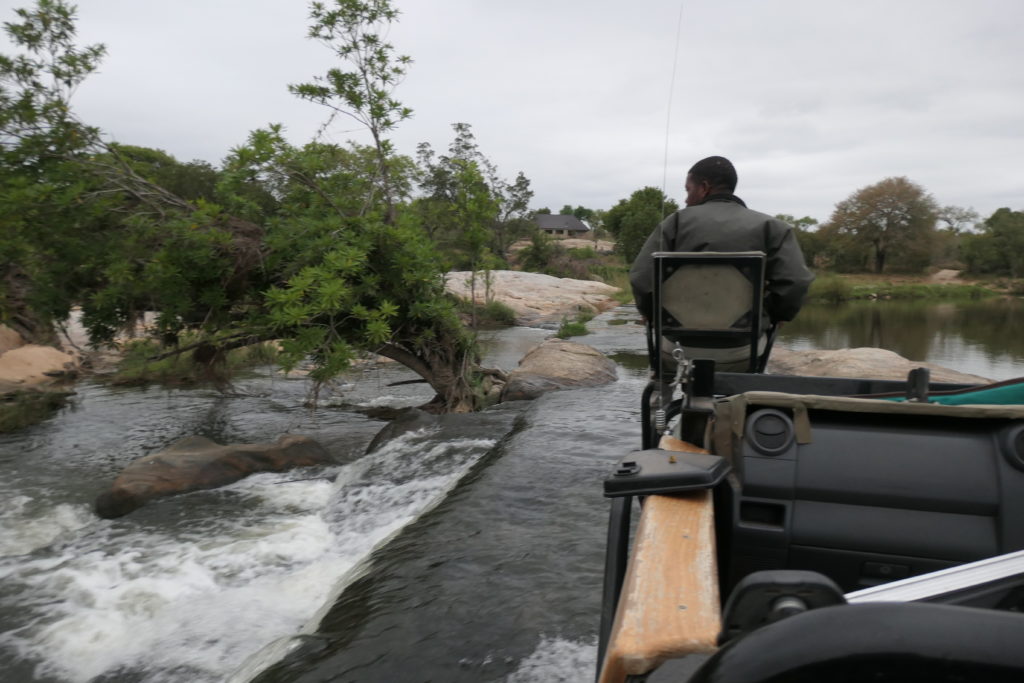
Glorious morning:
There were twenty to twenty-five elephants in and around the herd we saw that morning. At times they moved as if in a parade (did their mothers indicate to the babies to walk single file like our guides had to us?), other times they rumbled down a short hill into one of the dry river beds, they almost frolicked to the lure of the watering hole. During this hour or so, we didn’t walk more than 300 meters or so, far short of the three or four kilometers we were expecting. Within that small radius , however, we were surrounded by this community of elephants—not a part of it, but maybe subconsciously within it. Walking among elephants that bright, warm morning was truly a life-affirming moment: hopefully respect by humans will help these ancient and glorious animals survive. We have much to learn about their caring, their memories, and their manner of living.
1 thought on “A GLORIOUS MORNING WALK: SURROUNDED BY ELEPHANTS in the bush”